To See the Dawn. Baku, 1920 - First Congress of the Peoples of the East
Extraits
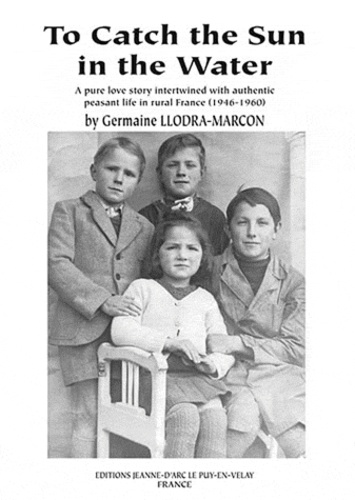
Critique littéraire
To catch the sun in the water
07/2001
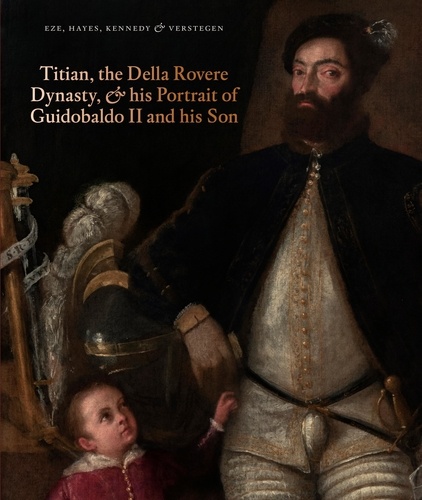
Histoire de l'art
Titian, the Della Rovere Dynasty, and His Portrait of Guidobaldo II and his Son. Edition
11/2021
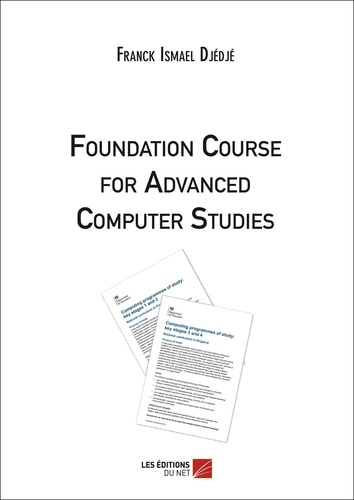
Informatique
Foundation Course for Advanced Computer Studies
11/2015
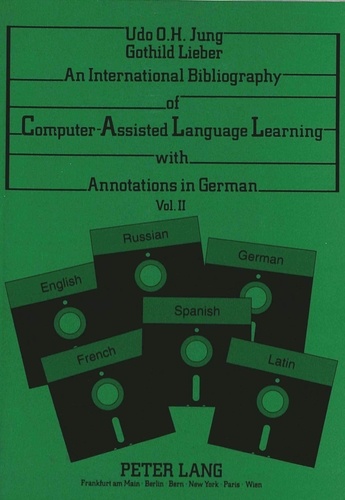
Sciences politiques
An International Bibliography of Computer-Assisted Language Learning with Annotations in German
09/1993
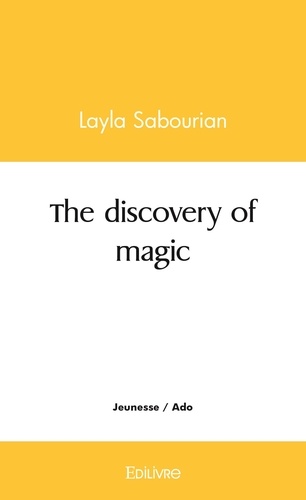
Livres 0-3 ans
The discovery of magic
09/2021
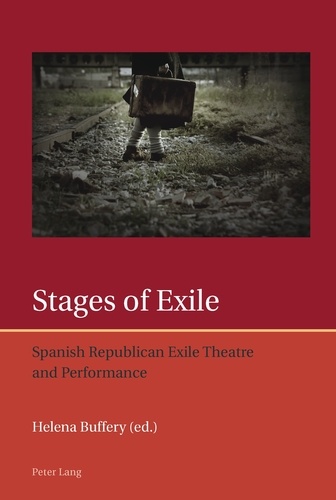
Non classé
Stages of Exile
09/2011
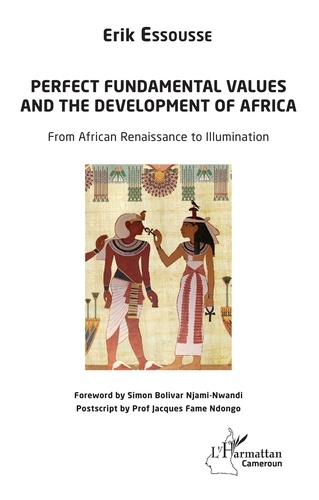
Histoire internationale
Perfect fundamental values and the development of Africa. From African Renaissance to Illumination
02/2020
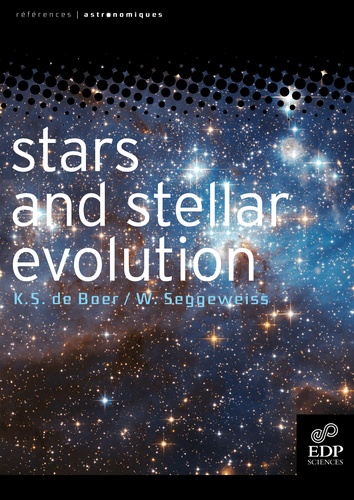
Sciences de la terre et de la
Stars and Stellar Evolution
02/2009
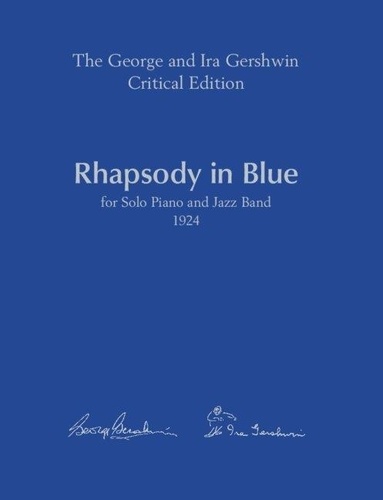
Techniques instrumentales
Rhapsody in Blue. For solo piano and jazz band (Two-Piano Score)
08/2023

Techniques instrumentales
Rhapsody in Blue. For solo piano and jazz band (Full Score)
08/2023
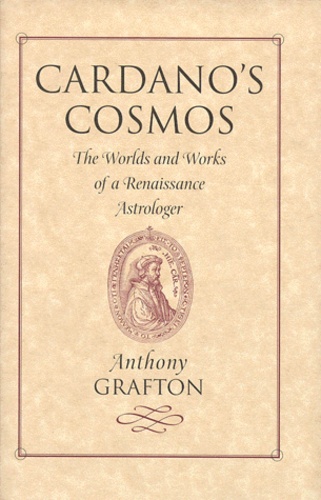
Sciences de la terre et de la
CARDANO'S COSMOS. The Worlds and Works of a Renaissance Astrologer
01/1999
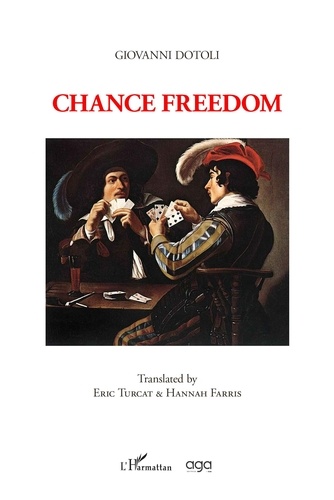
Littérature française
Chance freedom. Translated by Eric Turcat & Hannah Farris
03/2023
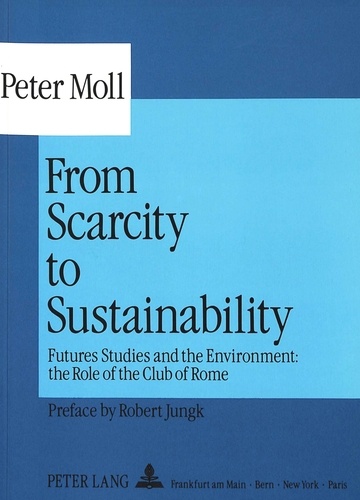
Non classé
From Scarcity to Sustainability
12/1991
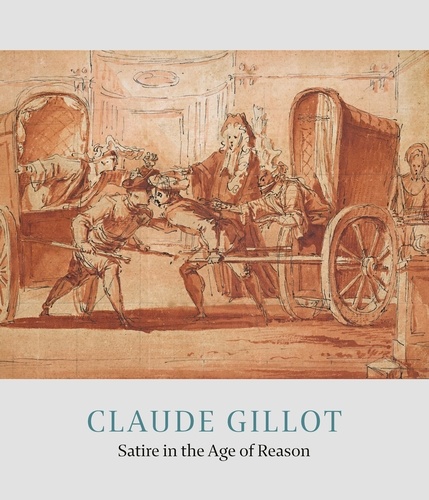
Monographies
Claude Gillot. Satire in the Age of Reason
03/2023
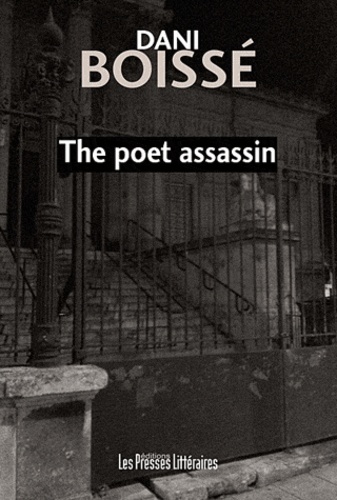
Policiers
The poet assassin
05/2012
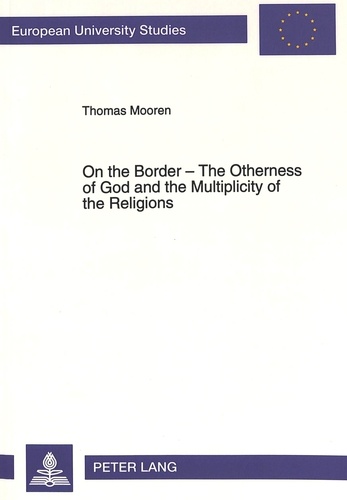
Histoire internationale
On the Border - The Otherness of God and the Multiplicity of the Religions
01/1994
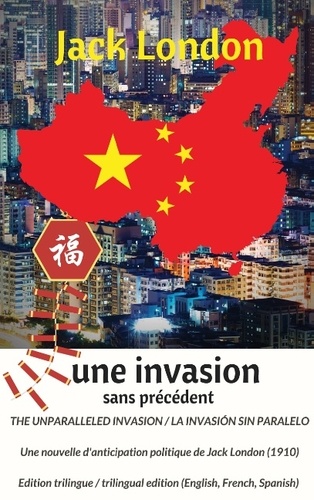
Littérature étrangère
The unparalleled invasion / Une invasion sans précédent / La invasión sin paralelo. A political anticipation short story from Jack London (1910) / Une nouvelle d'anticipation politique de Jack London (1910), Edition français-anglais-espagnol
03/2017
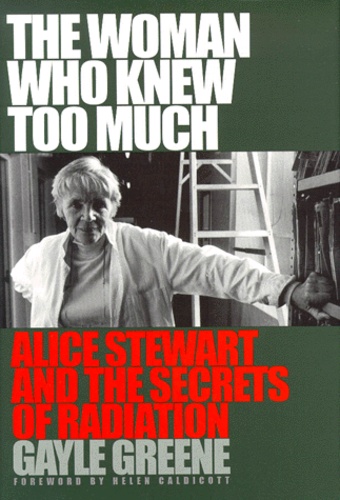
Histoire et Philosophiesophie
THE WOMAN WHO KNEW TOO MUCH. Alice Stewart and the secrets of radiation
02/2000

Non classé
Studies in Elizabethan Audience Response to the Theatre
02/1993
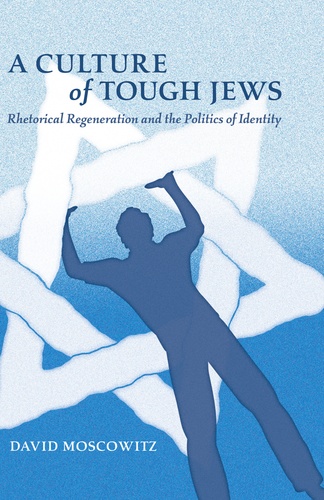
Non classé
A Culture of Tough Jews
10/2014
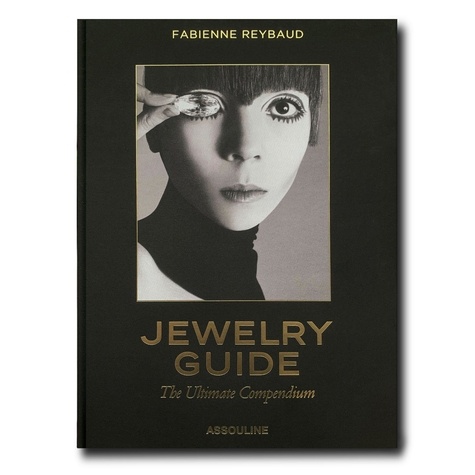
Bijouterie, horlogerie
Le Guide de la joaillerie. Pour les vrais amateurs
11/2022
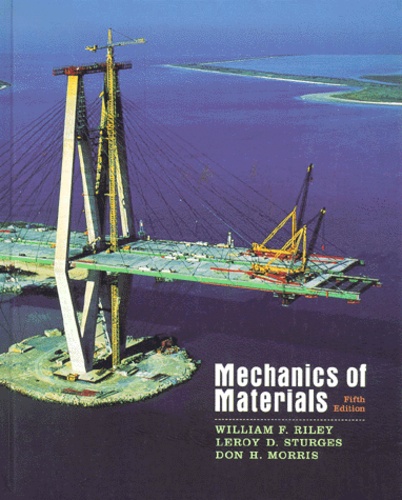
Physique, chimie
MECHANICS OF MATERIALS. 5th edition
01/1999

Histoire internationale
Flavius Josephus, the Zealots and Yavne
01/1994
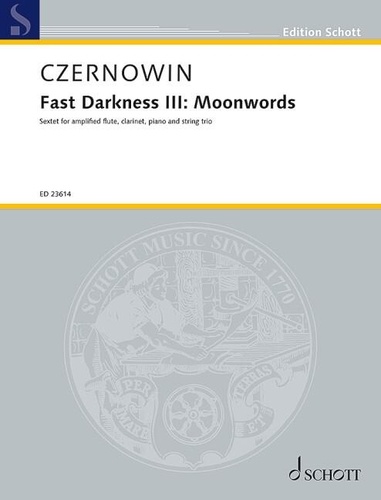
Non classé
Fast Darkness III: Moonwords. Sextet for flute, clarinet, piano and string trio. flute, clarinet, piano, violin, viola, cello. Partition et parties.
03/2023
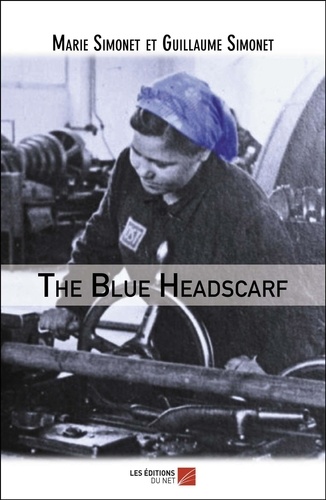
Non classé
The Blue Headscarf
01/2020
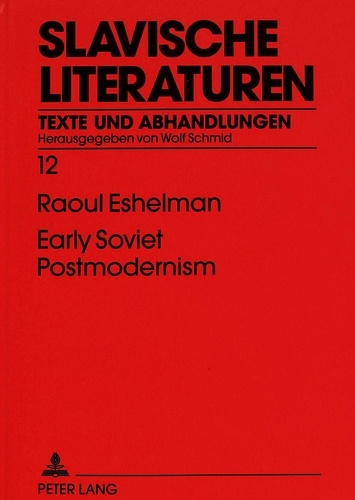
Histoire internationale
Early Soviet Postmodernism
07/1997

Non classé
Style and Rhetoric in Bertrand Russels's Work
12/1983
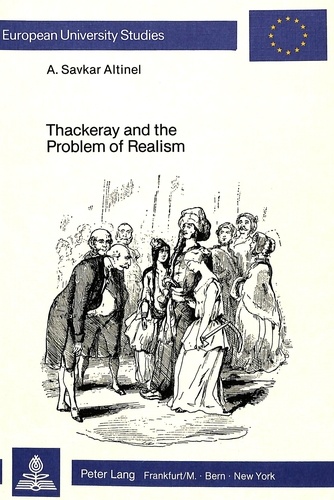
Non classé
Thackeray and the Problem of Realism
12/1986
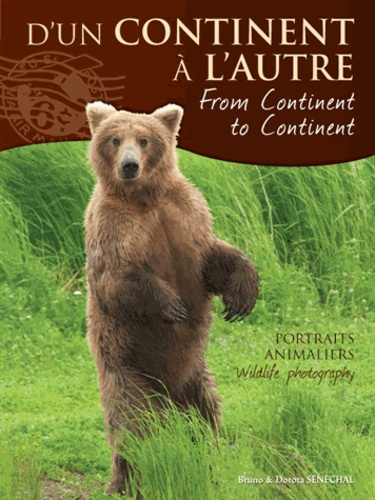
Animaux, nature
D'un continent à l'autre. Portraits animaliers, Edition bilingue français-anglais
09/2013

Non classé
Labouring Lives
10/2014


